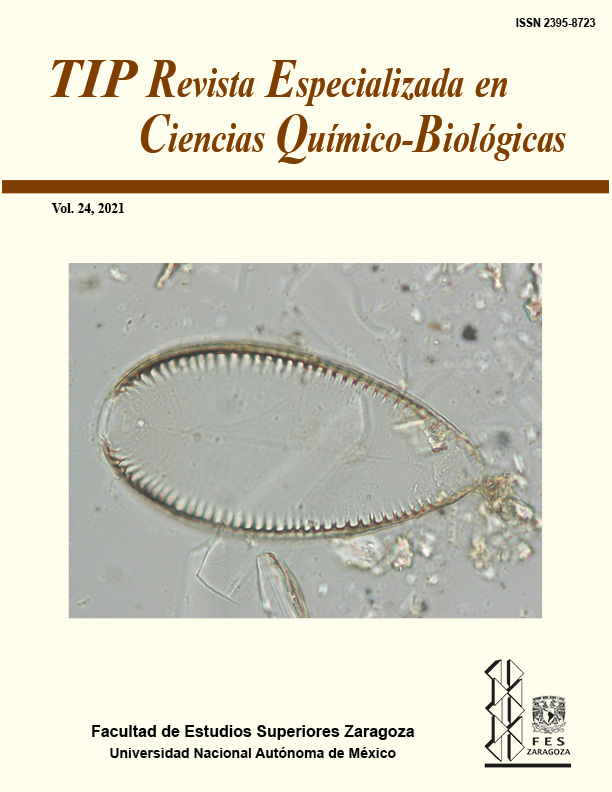Abstract
This research consisted of comparing two methods of adding oxytetracycline (OTC) in shrimp feed, as well as its development and its accumulation in muscle and hepatopancreas from Penaeus vannamei. A bioassay was carried out for 30 days using 180 juvenile shrimp testing two formulations to feed the organisms (OTC-1 and OTC-2). The formulations medicated were administered 14 days, and subsequently they were fed with a diet without antibiotic for 16 more days and water quality was determinate by physicochemical data. In shrimps the following was evaluated: Biological and physiological parameters, accumulation (Cmáx) of OTC and elimination time in muscle and hepatopancreas were determined by high performance liquid chromatography (HPLC). The development of organisms showed a survival of 99.72% for OTC-1 and 100% for OTC-2. The Cmáx of OTC in muscle for the OTC-1 group was 16.09 ± 1.80 µgg-1 and the OTC-2 group was 6.62 ± 0.87 µgg-1; in the hepatopancreas it was 105.85 ± 17.56 with (OTC-1) and 79.16 ± 15.61 µgg-1 with (OTC-2) finding an association of Cmáx of OTC by the method of addition (p ≤ 0.05). The medicated shrimp feed through an industrial process (OTC-1) and the addition on the farm (OTC-2) require greater quality control to ensure the desired concentration of the antibiotic, before its administration in shrimp cultures.
TIP Magazine Specialized in Chemical-Biological Sciences, distributed under Creative Commons License: Attribution + Noncommercial + NoDerivatives 4.0 International.



